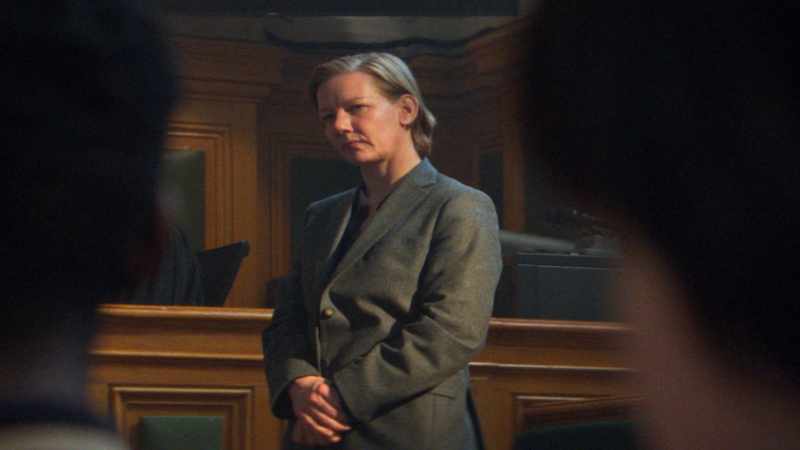




This is the alphabetic list of the dirtiest movies ever made, as carefully selected by this humble film critic. I’ve whittled down over a century of films and assigned each one of them to a letter of the English alphabet, beginning with a numeric one. The order of the 27 films goes like this: 12 (as in 12 Angry Men), A, B, C, D,… all the way to Z!
I’ve always looked at cinema as being like a kid in a sweet shop. There’s an abundance of choice – multiple lifetimes worth. In keeping with this metaphor, this series will include cinema from different decades of film history, and from across the world.
From Sidney Lumet’s 1957 jury room drama 12 Angry Men, we continue our 27-month-long odyssey, jumping forward more than six decades to a suspicious death, of which, the only witness is a blind boy.
…
.
Justine Triet’s crime and courtroom drama Anatomy of a Fall, co-written by Arthur Harari, is a near-perfect film. From the opening scenes, Triet and Harari have the audience on the proverbial string. The courtroom drama unfolds like an intense duel as the players battle over their convictions. The razor-sharp dialogue, plotting and character development show their deftness for talky dramas. It recalls the writing of some of cinema’s most attuned screenwriters and directors, including Howard Hawkes, Billy Wilder and Joseph L. Mankiewicz. Then there’s the obvious comparison to the tension in Otto Preminger’s courtroom drama Anatomy of a Murder (1959), albeit with a modern sensibility.
While only in its infancy, Anatomy of a Fall is already showing itself to be a sassy film. Triet was more than equal to her male co-nominees at the 2024 Academy Awards and should have walked away with the Oscar for Best Director and Best Picture.
Anatomy of a Fall is prone to labour under the stuffy and rigid clichés and procedural tropes of the courtroom drama. The filmmakers, however, re-energise it with entertaining, thought-provoking and emotional storytelling. The film exudes a confidence with a Bresson-esque touch. Triet and Harari include only what’s essential, omitting those unnecessary or extended scenes one anticipates. In their hands, every scene has a point and the introduction of specific themes in the courtroom scenes elevate its stature. The relationship between the author and their stories, and how fiction and reality relate to one another, are only two engaging ideas that emerge. The demand from the prosecutor for those giving testimony to describe complicated ideas, thoughts and feelings, to the bias of the therapeutic model, are other intellectual ideas, that creates space for the audience to enter the film and critically engage.

There appears to be a genuine anger towards the legal system, where the fate of a person’s liberty is decided by competing versions of events. The emphasis is on interpretation and how Sandra is perceived by others. Here, the truth can be an inconvenience in the courtroom, that is a stage upon which the characters perform. The prosecution’s case is even accused of offering theories and not explanations. The noticeable misogynistic and patriarchal rhetoric of the prosecutor and his witnesses towards Sandra’s sexuality and professional success fuels the simmering anger beneath the film’s surface.
Triet and Harari’s detailed exploration of human nature, makes Sandra psychologically and emotionally elusive. Complemented by Sandra Hüller’s finely judged performance, she’s one of cinema’s most intriguing and compelling females, not only because of the ambiguity of her guilt or innocence, but who she is.
Anatomy of a Fall is as infuriating as a Lynchian puzzle because it refuses to give its audience any clarity. The point of the film, however, is not to answer that burgeoning question of whether Sandra is innocent or guilty of her husband’s suspicious death. Instead, Triet and Harari want to force the audience to confront this uncertainty and decide, sharing in the young son’s anxiety. This is where Anatomy of a Fall transcends its narrative to be about something more than a question of a woman’s guilt, challenging its audience to overpower their own obsession for clarity. Here, it plays on the first words spoken, when Sandra asks the student interviewing her about her work, “What do you want to know?”
…
.
This is the second one in the series of Paul’s 27 Dirtiest Movies of All Time (one for each letter of the alphabet, plus a numeric film)











